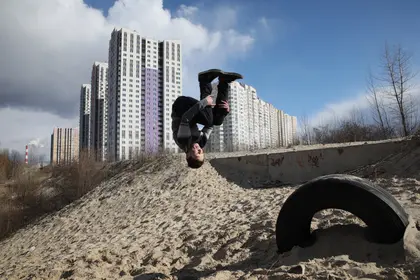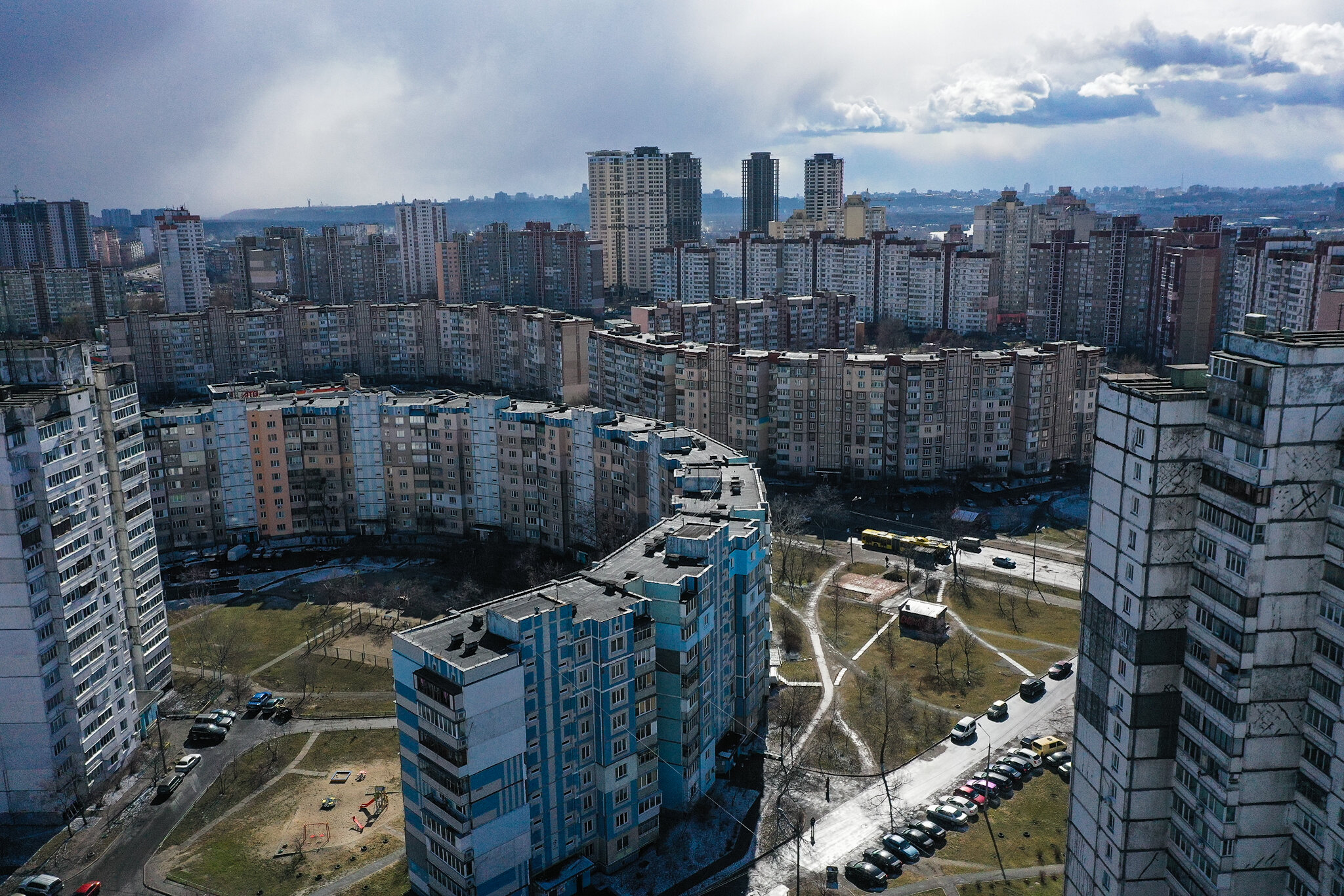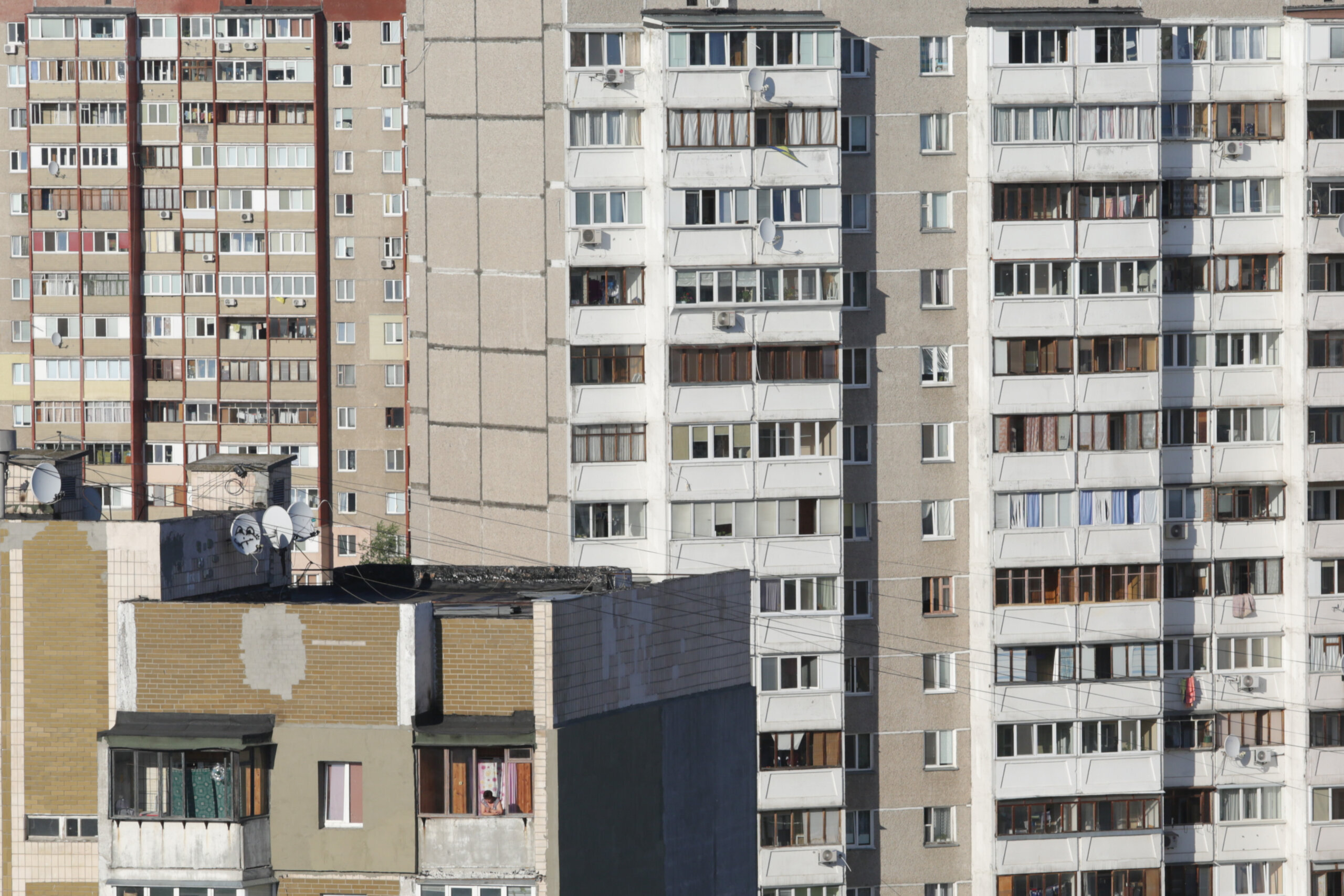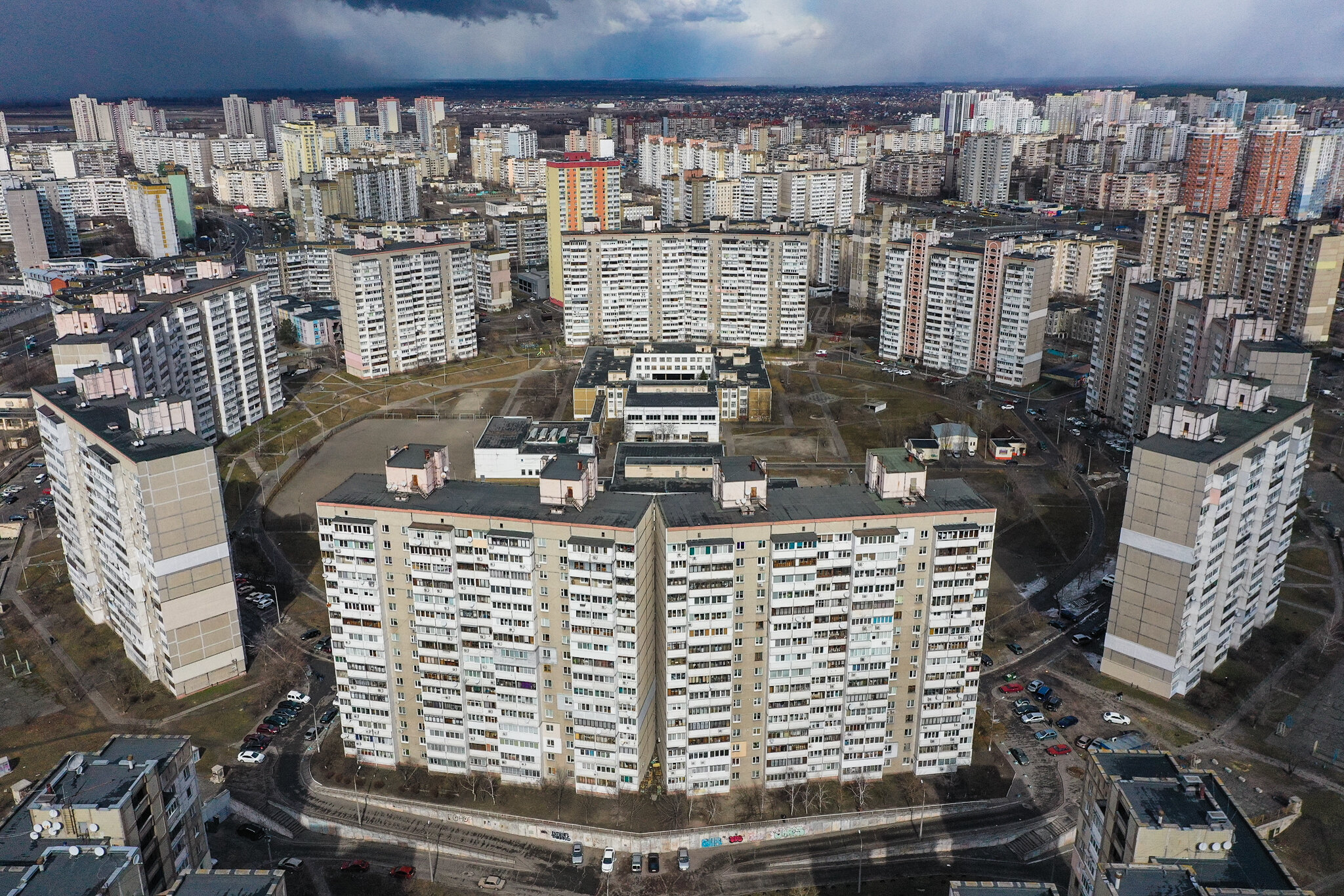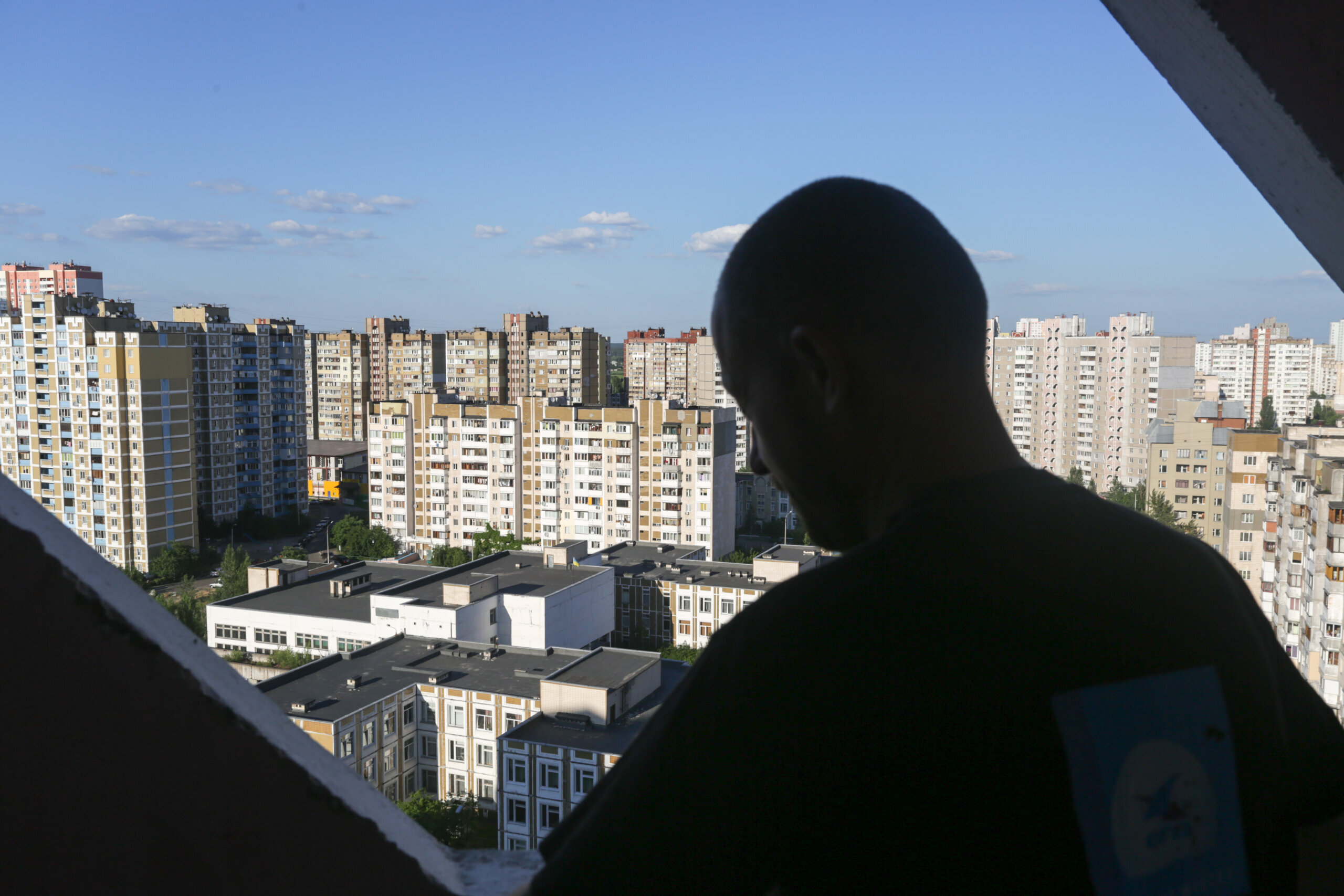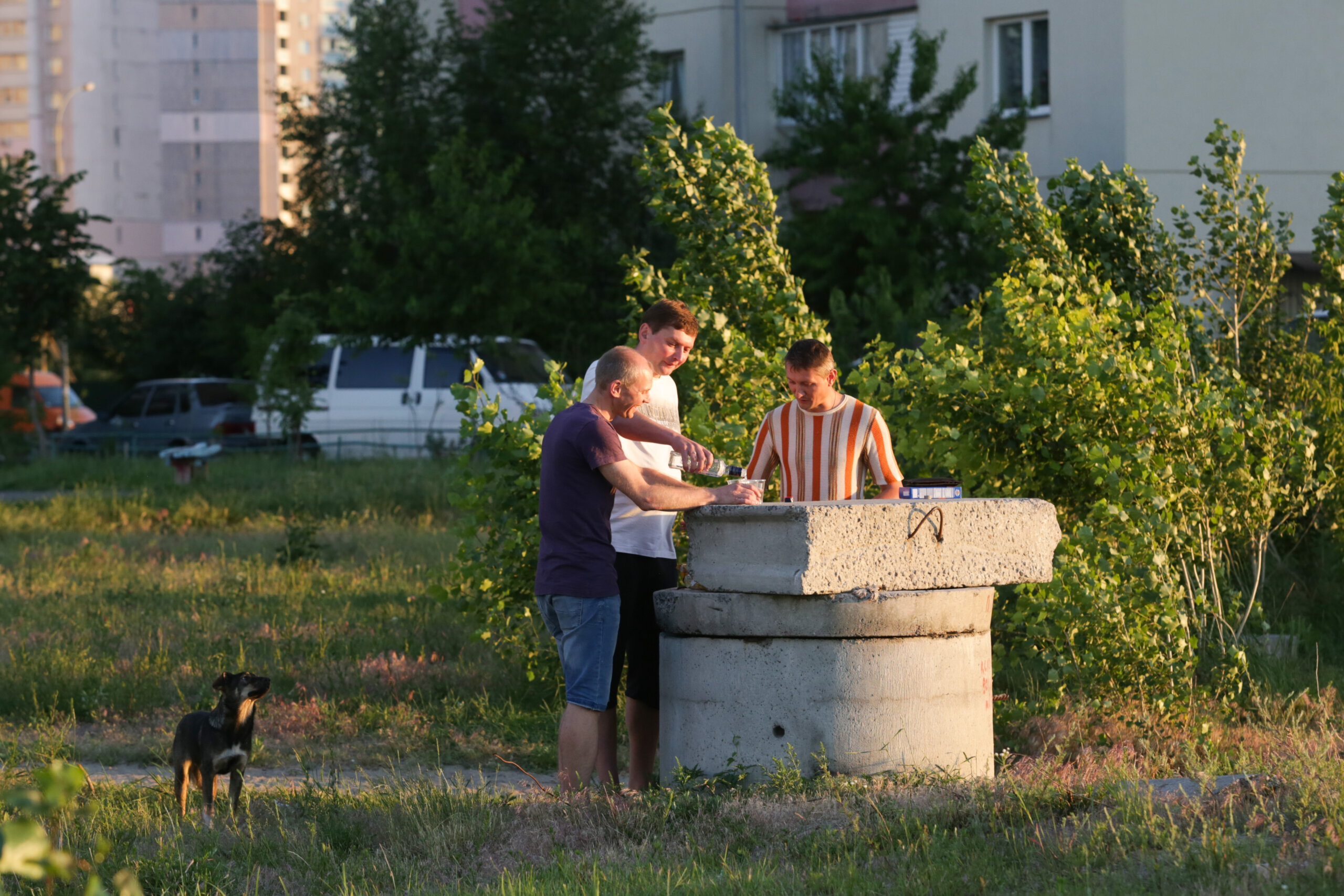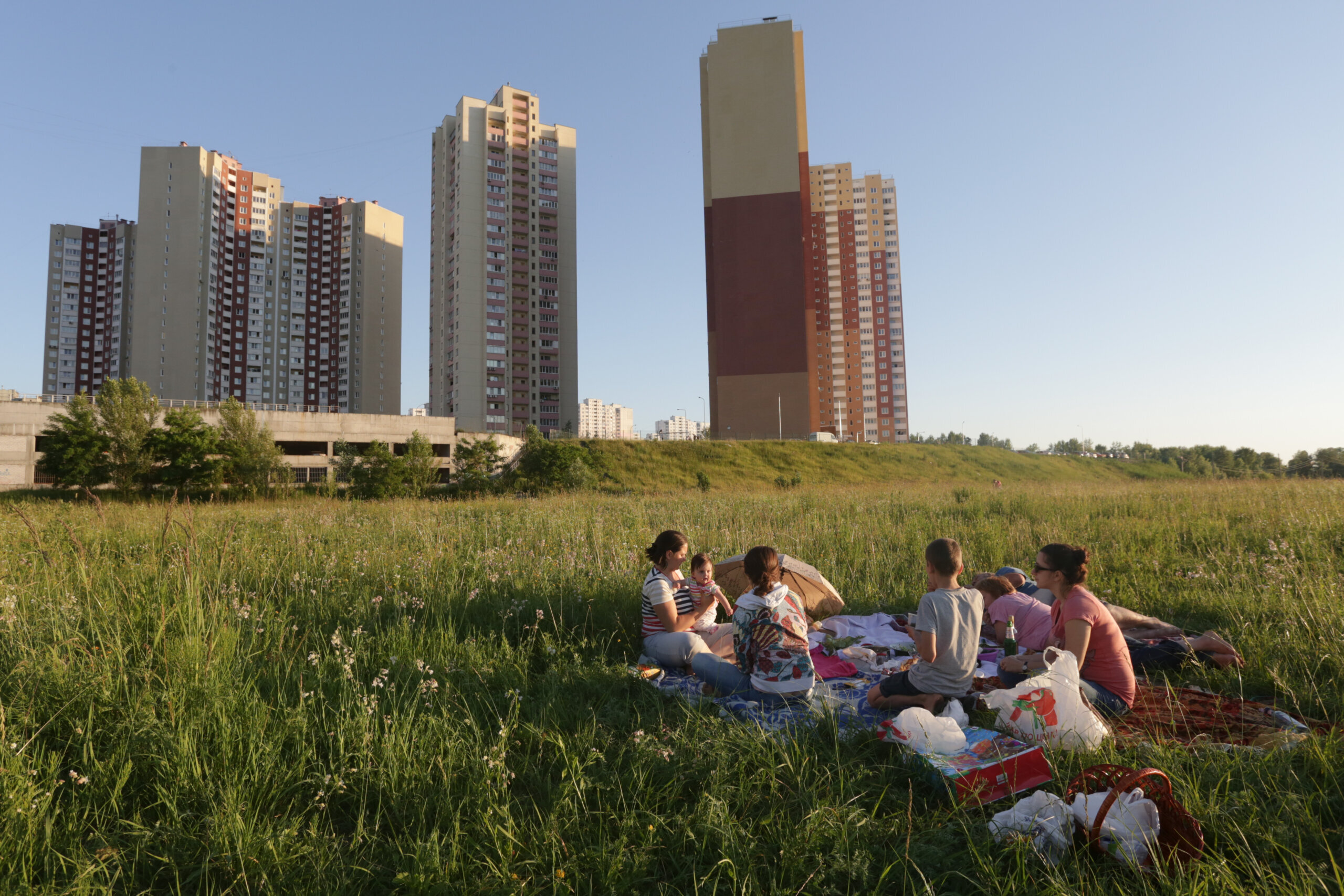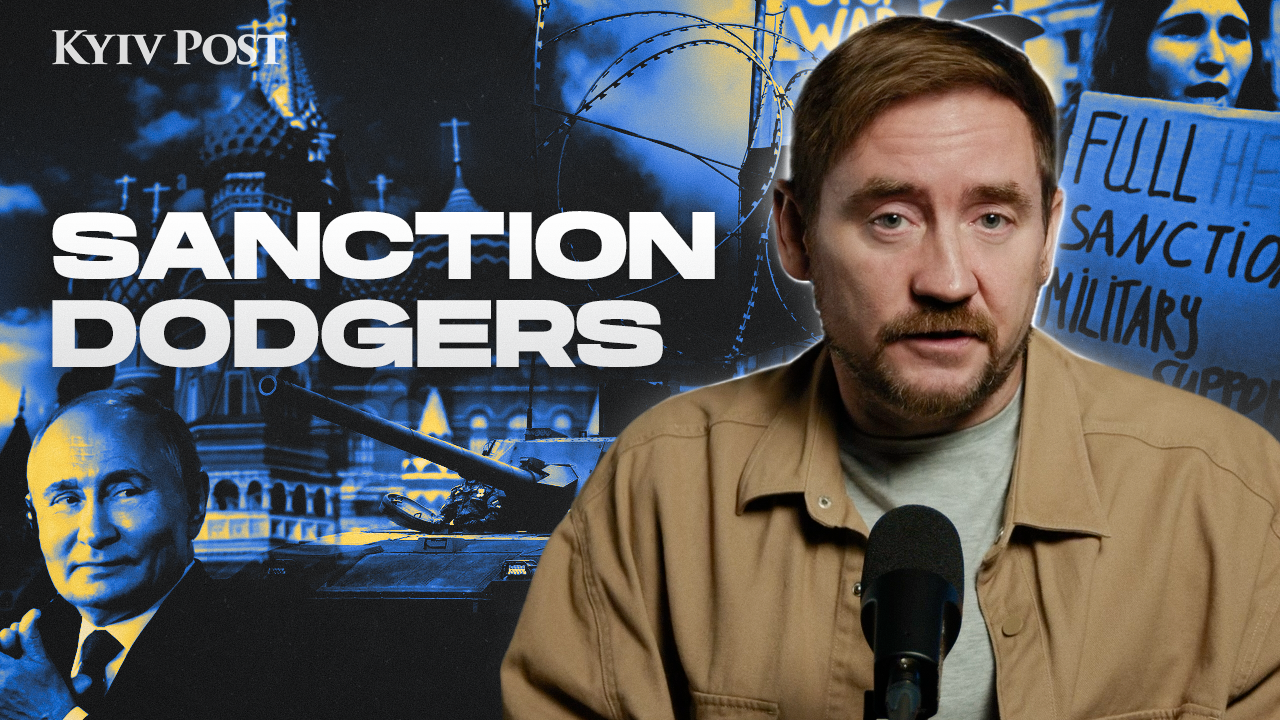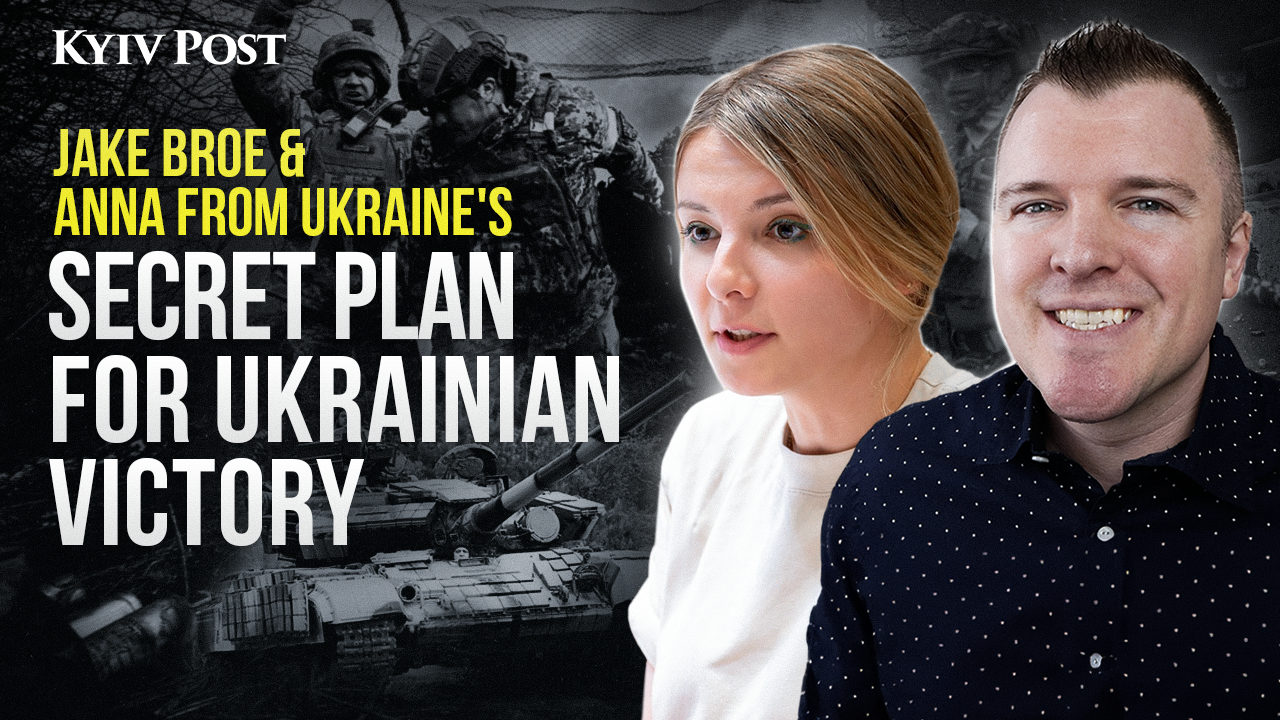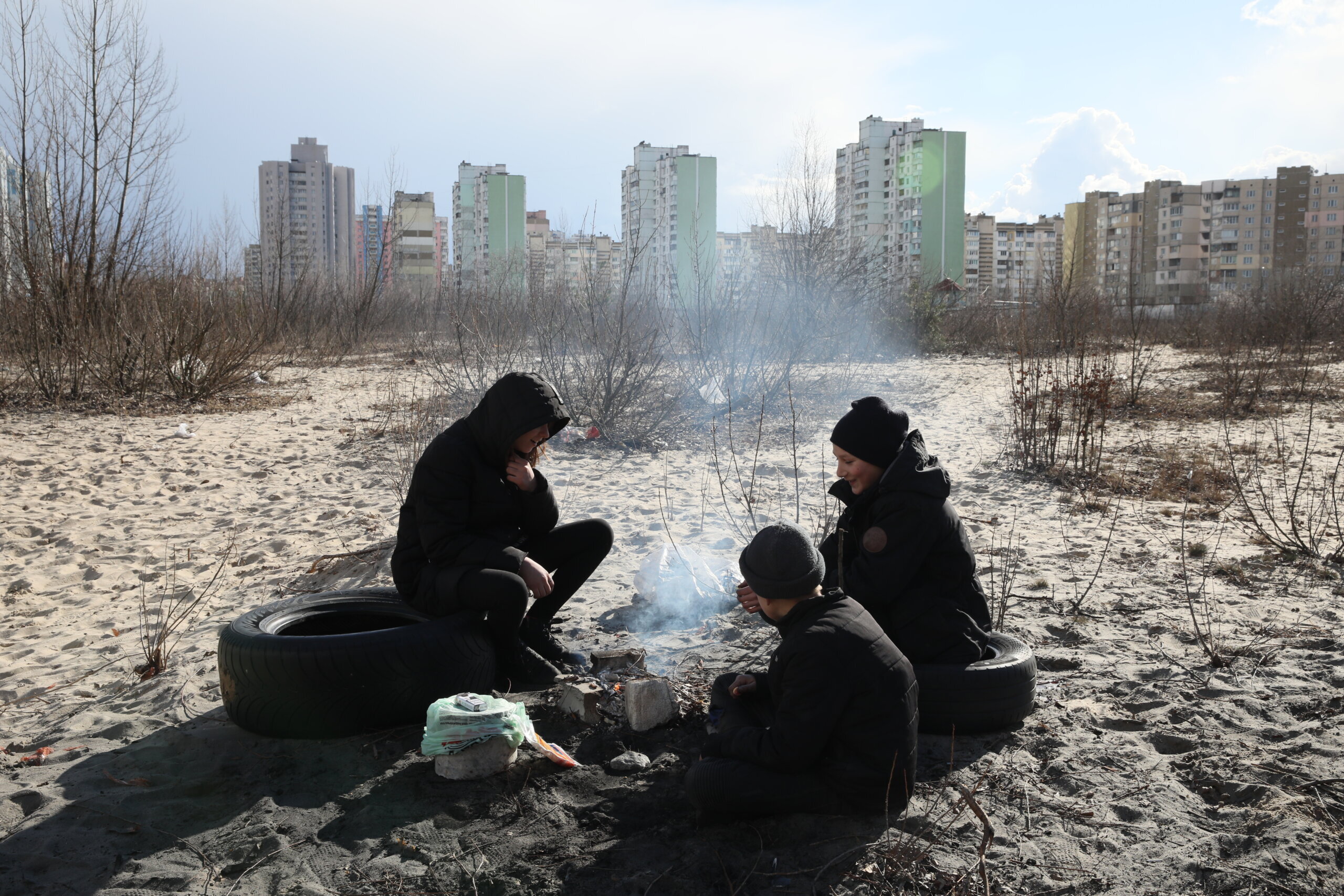Every Kyivan has some opinion on the Troieshchyna neighborhood, and it’s usually not a good one.
If its critics are to be believed, drug dealers hang around every corner, people get robbed left and right and young children run are around with alcohol and cigarettes.
JOIN US ON TELEGRAM
Follow our coverage of the war on the @Kyivpost_official.
But, said Olga Podorozhna, who grew up in the neighborhood in the 1990s, “these are not stereotypes.” It really was infested with crime that left the neighborhood with a bad reputation even into the third decade of the 21st century. “Every day I would walk home from school and collect newly discarded stolen wallets that were left under the fountains. I still have them,” Podorozhna says.
Located on the northern edge of Kyiv, Troieshchyna is one of Kyiv’s many bedroom communities. Designed during Soviet times, these neighborhoods are remote, isolated geographically and culturally, and often far from subway lines.
Even though the neighborhood is the butt of jokes, international producers and filmmakers have a surprisingly contrasting view. They often travel to Ukraine specifically to film music videos for Western stars in the midst of Troieshchyna’s apartment buildings.
And while it remains one of Kyiv’s most neglected neighborhoods, Troieshchyna is making a positive contribution to both the city budget and the capital’s image abroad.
Subway promise
The “aesthetic” that Troieshchyna presents is monotonous: multi-story apartment buildings of the same or similar designs. It developed in the 1980s, after the Troieshchyna village linked up with Kyiv in the north.
The infrastructure was meant to cover only the basic needs of local residents, providing schools, kindergartens, clinics, pharmacies, shops and perhaps a cinema or library. Residents had to travel to the city center to go to work.
Hundreds of apartment buildings are clustered together, creating the illusion of an enormous unbreakable grey wall. The buildings tower over the residents, with mismatched balconies and decaying facades. If the sun isn’t shining, it feels like all the color has been drained from this gloomy area.
Other than the rumored shady characters and outdated Soviet architecture, one of the top complaints is the lack of transportation. There is no metro station here, so people are forced to use ground transport and endure traffic jams. There is even a popular joke about “the legend of the subway to Troieshchyna,” with more than 20 years’ worth of unfulfilled promises of extending a metro line to the neighborhood.
“They promised us a metro station back in the 1990s,” Lubov Mishovets, a pensioner who has lived in Troieshchyna for more than 30 years, told the Kyiv Post, “and we have yet to see one.”
Olena Shkarpova, who lived in the neighborhood for a decade, said: “I hated it because it took too long to get anywhere. I gave so many hours of my time, my life and energy trying to travel out of the neighborhood.”
Progress and glamour?
But there is progress.
Trees have been planted to liven up the sandy expanse around apartment complexes. Green spaces emerged. So did clean, wide bike paths. The children’s library was updated and new benches have been installed. Newer versions of private buses, or “marshrutkas” are visible.
Deputy Finance Minister Oleksandr Kava even kept alive the promise of the metro, announcing that several stations on the line leading to Troieshchyna would be launched by 2024.
And there’s even glamour. Seeing her native streets in a popular music video by Danish singer MØ was a pivotal moment for former resident Shkarpova. “When I saw the clip I felt proud and happy for my neighborhood,” she said. “I even spotted my old apartment building in the background in one of the clips.”
MØ’s 2015 “Kamikaze” video was one of the first works putting a new slant on Troieshchyna. More followed.
Attractive aesthetic
Showing MØ dancing and singing on cars driving through the neighborhood, “Kamikaze” ended up becoming the most-watched music video filmed in Troieshchyna, reaching over 72 million views.
But it all started in 2014 with Paolo Nutini’s “Iron Sky.” The Scottish singer’s video put a spotlight on many soon-to-be hit locations for filming in Kyiv. One of them was the now-famous Troieshchyna landscape.
Sasha Bevko is the head of production at Kyiv-based star production company Radioaktive Film, which was involved in the making of “Iron Sky.”
Bevko says that it had never crossed anyone’s mind to see the beauty in the aesthetic of the capital’s Soviet residential areas.
“He (Nutini) was the first to open the eyes of other cinematographers and directors and bring an entirely new perspective on the ‘sleeping’ neighborhoods of Kyiv,” Bevko tells the Kyiv Post.
In the following years, British bands Foals, Hurts and Nothing But Thieves, French rapper Orelsan, and British singer Charli XCX joined the list.
The neighborhood’s character even became front and center of a short film by Canadian photographer and director Gordon von Steiner. “Troya” premiered during the multimedia exhibition of the same name in New York in 2019.
The neighborhood’s grungy look is apparently exactly what foreign production companies are looking for.
“The secret is in the fact that these buildings are graphic,” Bevko says. “They have this texture, which is super important when you are trying to convey that atmosphere through the camera,” she says. “So we get really beautiful shots.”
In the sandy plains where production companies orchestrate choreographed fights and dancing, local children play, smoke and drink among broken glass, rubble and strewn trash left behind by local adults.
“You look at all of this and may think ‘Oh god, how scary looking it is,’ but then you look in the camera and see that it’s incredibly cool,” Bevko says.
Other than the neighborhood’s charms, Ukraine’s cheap prices attract film crews, bringing additional funds to the city budget.
And while the financial contribution might be insignificant, all these cinematic shots viewed by millions of people have an impact on Ukraine’s image abroad, revealing a little-known but dazzling side of its capital city.
“This shows that you can visit here, it’s beautiful and we have interesting locations,” Bevko says.
But even perhaps more importantly, such productions push locals to rediscover their own city, highlighting the urgency of preserving its heritage while investing into its development.
“The people who live there now look at their neighborhood differently,” Bevko says. “They see its unique beauty.”
You can also highlight the text and press Ctrl + Enter


